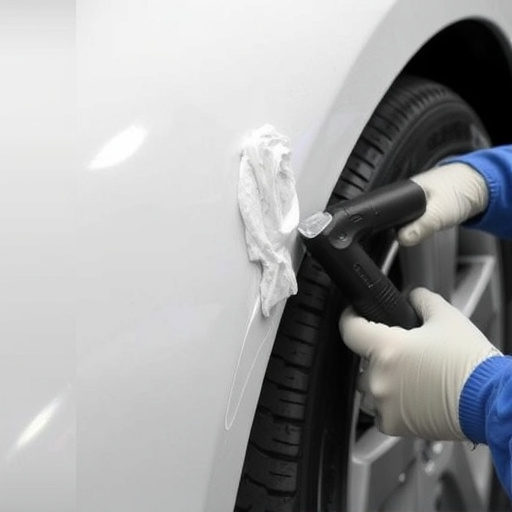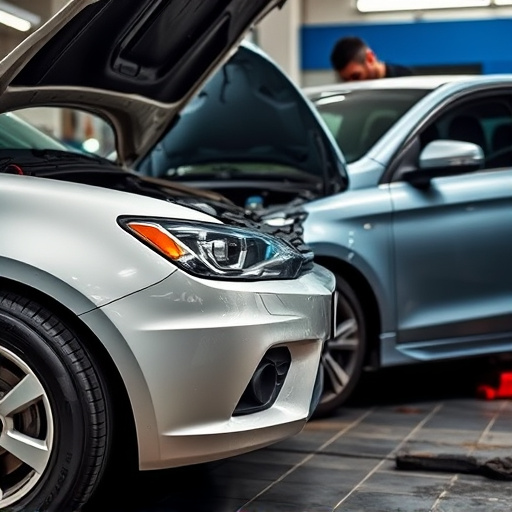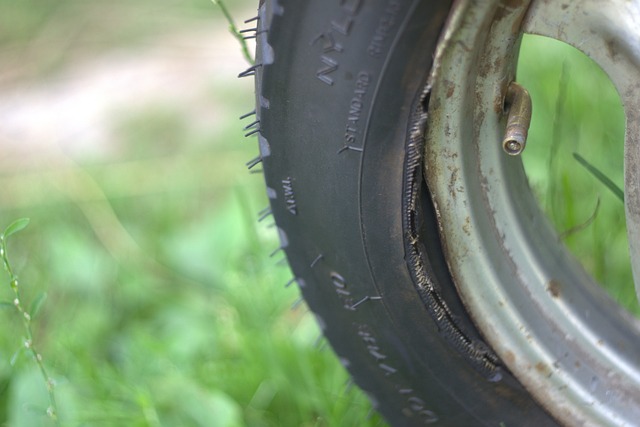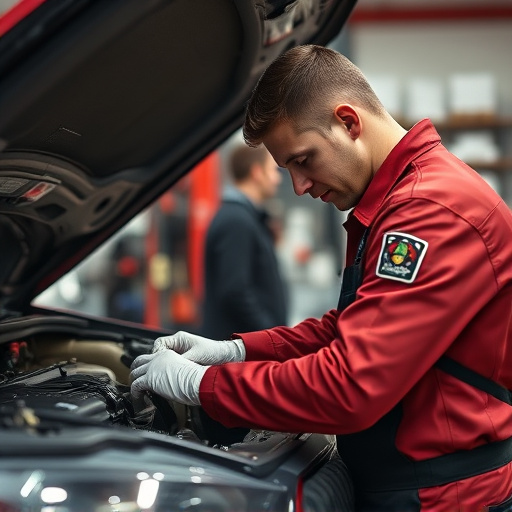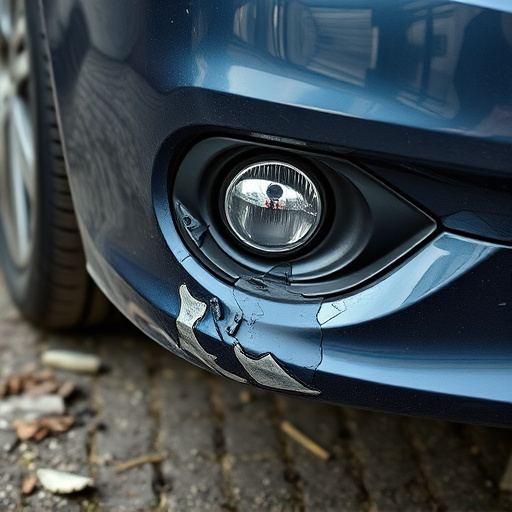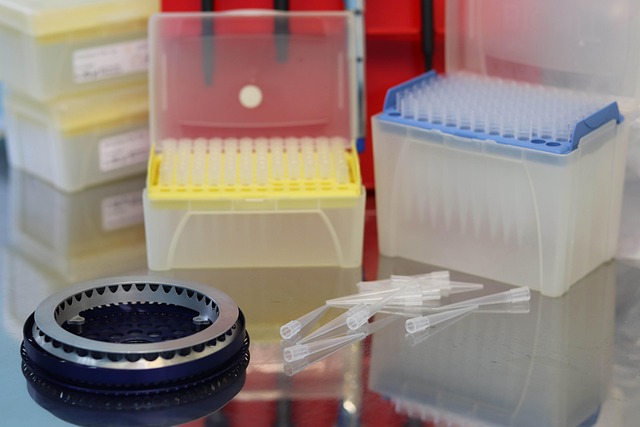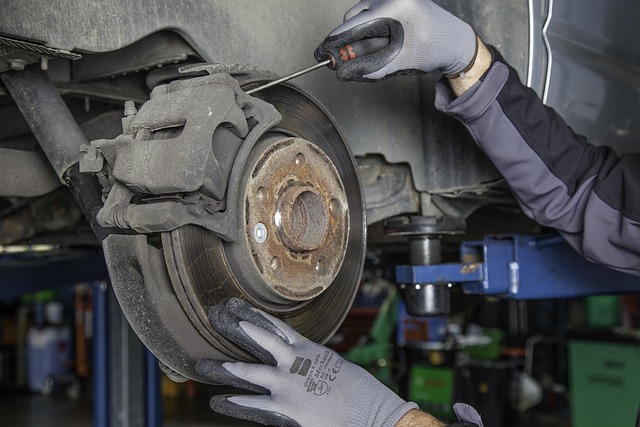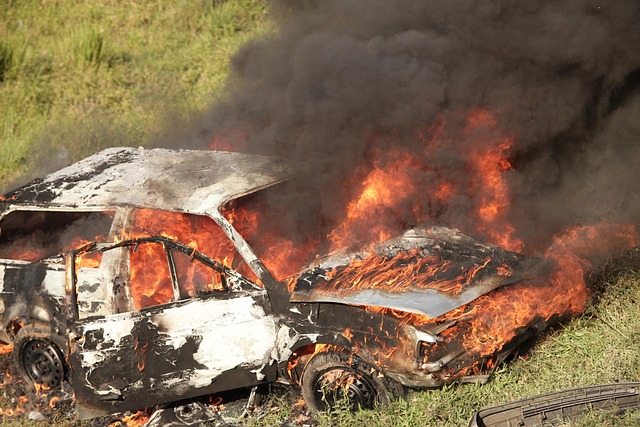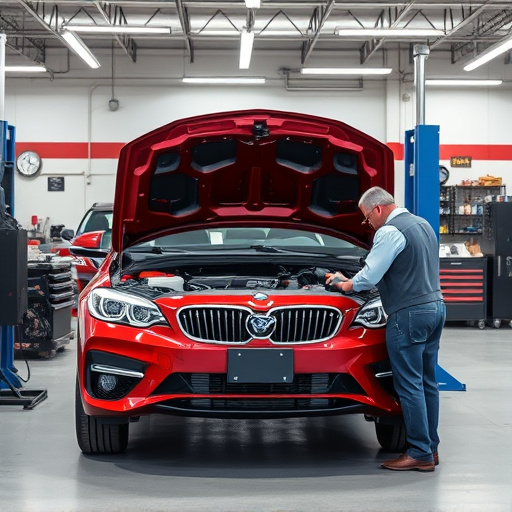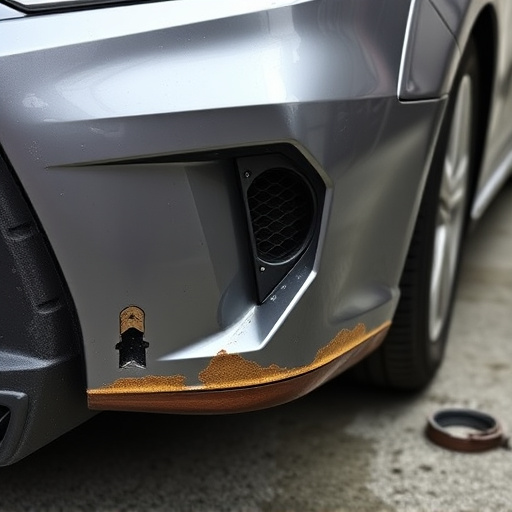Towing to a collision center is vital for efficient vehicle repair, enabling access to specialized equipment and technicians. Efficient towing services reduce wait times by optimizing logistics, benefiting customers with faster repairs. Post-towing, effective scheduling through communication, digital tools, and prioritizing repairs minimizes downtime and enhances overall satisfaction.
Towing a vehicle to a collision center is a common step after an accident, but it significantly impacts repair scheduling. Understanding the process and its effects on turnaround times is crucial for efficient workshop management. This article delves into the dynamics of towing to collision centers, exploring how it influences repair processes and offering strategies to optimize scheduling post-towing. By understanding these factors, shops can enhance their service and better meet customer expectations.
- Understanding Towing to Collision Centers
- Impact on Repair Turnaround Times
- Strategies for Efficient Scheduling Post-Towing
Understanding Towing to Collision Centers
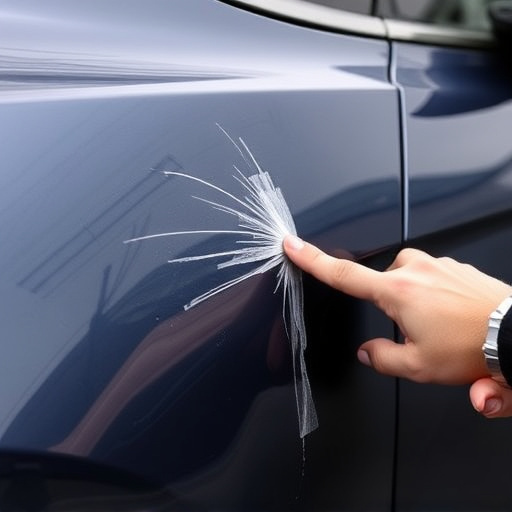
When a vehicle sustains damage, whether it’s a minor fender bender or a more severe accident, towing to a collision center is often the next step in the repair process. This involves transporting the damaged vehicle from the scene of the incident to a specialized facility equipped to handle various types of car repairs. Towing companies play a crucial role in this journey, ensuring that vehicles reach their intended destinations safely and efficiently. Understanding this process is essential for both drivers and collision center operators as it significantly impacts repair scheduling.
The act of towing to collision centers facilitates access to state-of-the-art facilities equipped to address diverse vehicle damage cases, from simple paint jobs and car scratch repairs to complex vehicle bodywork replacements. For instance, a Mercedes Benz collision repair center would have the specialized tools and trained technicians needed to meticulously restore premium vehicles like the iconic Mercedes range. Efficient towing services ensure that these centers can accommodate more vehicles, leading to optimized repair scheduling and reduced wait times for customers.
Impact on Repair Turnaround Times

The process of towing a vehicle to a collision center directly influences the overall efficiency and turnaround times for vehicle collision repair. Traditional methods often involve delays, as vehicles need to be transported separately, requiring additional time and logistical coordination. This can extend the initial waiting period for customers, especially during peak hours or in areas with heavy traffic congestion.
By implementing efficient towing practices and utilizing dedicated transport services, collision centers can significantly streamline their operations. Faster vehicle transportation means quicker arrival at the shop, enabling collision repair shops to immediately assess damage, initiate repairs, and optimize scheduling. As a result, customers experience reduced wait times, leading to improved overall satisfaction with the vehicle collision repair process.
Strategies for Efficient Scheduling Post-Towing
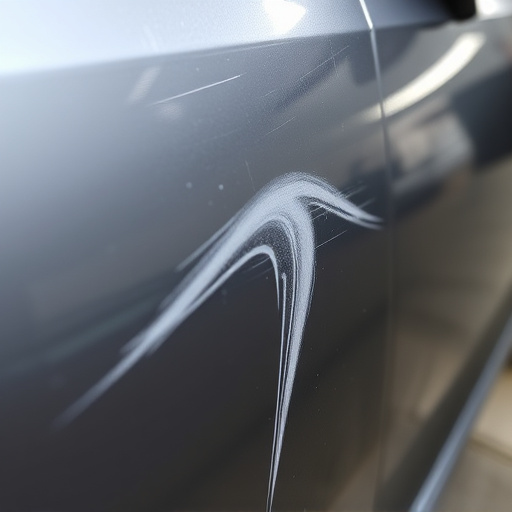
Post-towing to a collision center, efficient scheduling becomes paramount to minimize downtime and optimize repairs. The first step is establishing clear communication channels between the towing service, collision center, and the vehicle owner. This includes confirming the condition of the vehicle upon arrival at the center, ensuring all necessary documents are in order, and discussing priority repairs based on severity and customer needs.
Implementing a robust scheduling system is key to managing the workflow. This involves integrating digital tools that streamline appointment booking, track progress, and facilitate real-time updates. By prioritizing auto body repair and scratch repair tasks based on urgency and dependencies, centers can ensure timely completion. Effective scheduling also allows for resource optimization, ensuring skilled technicians are allocated efficiently across various vehicle repair projects.
Towing a vehicle to a collision center, while often necessary, introduces unique challenges to repair scheduling. By understanding the impact of this process on turnaround times and implementing efficient strategies post-towing, auto body shops can optimize their operations. Streamlining these steps ensures faster repairs, improved customer satisfaction, and ultimately, better management of resources in the face of increasing demand for collision center services.

